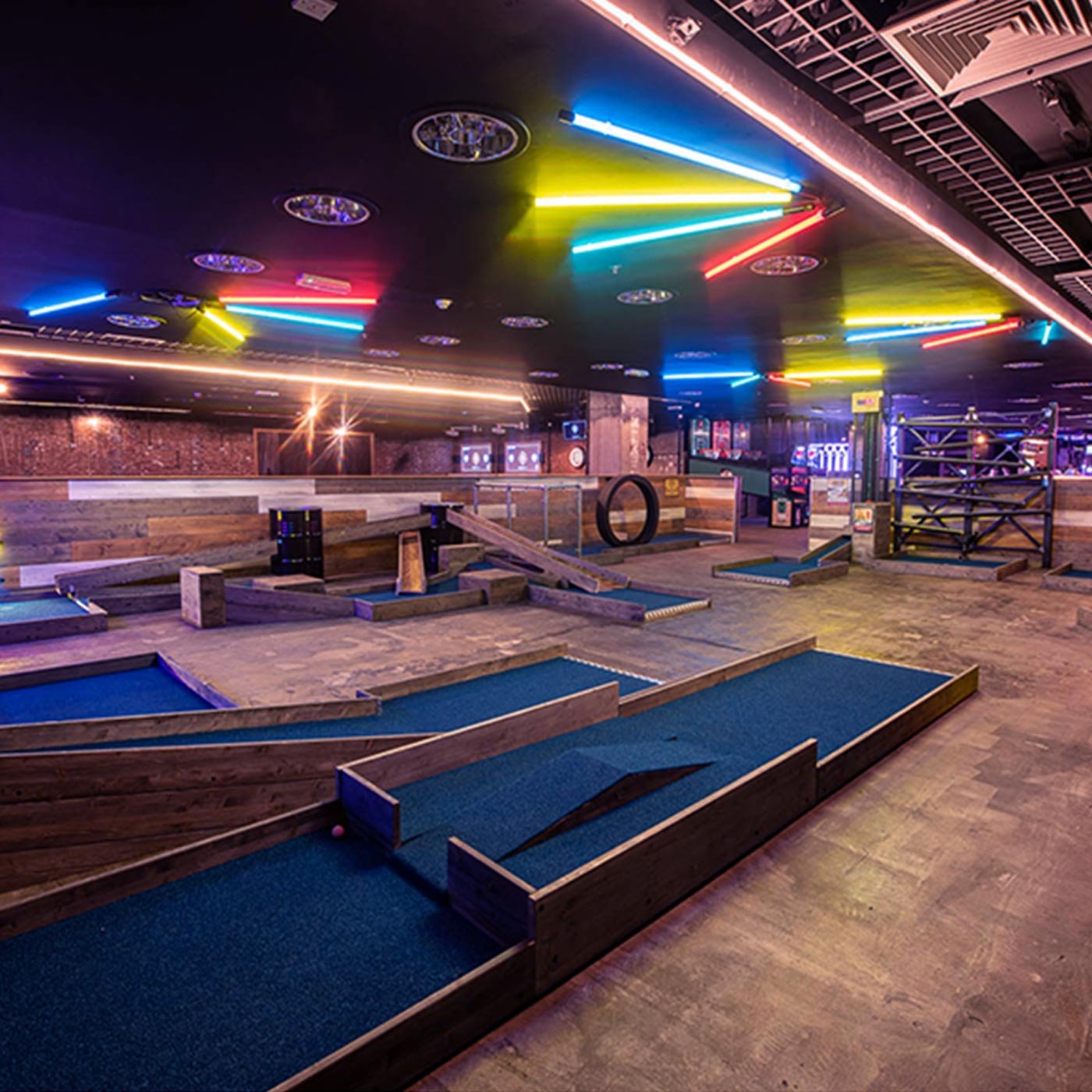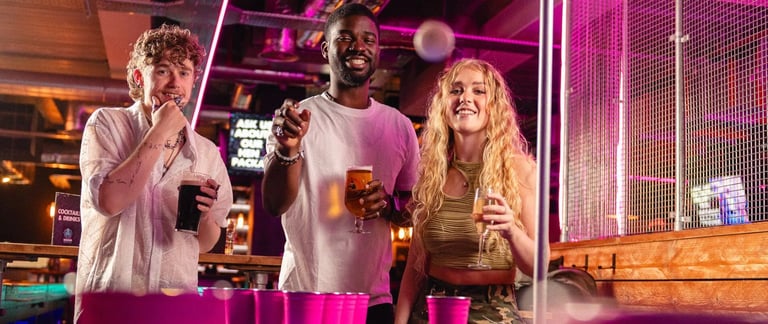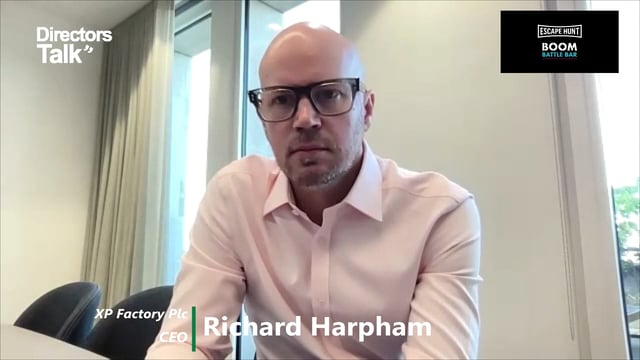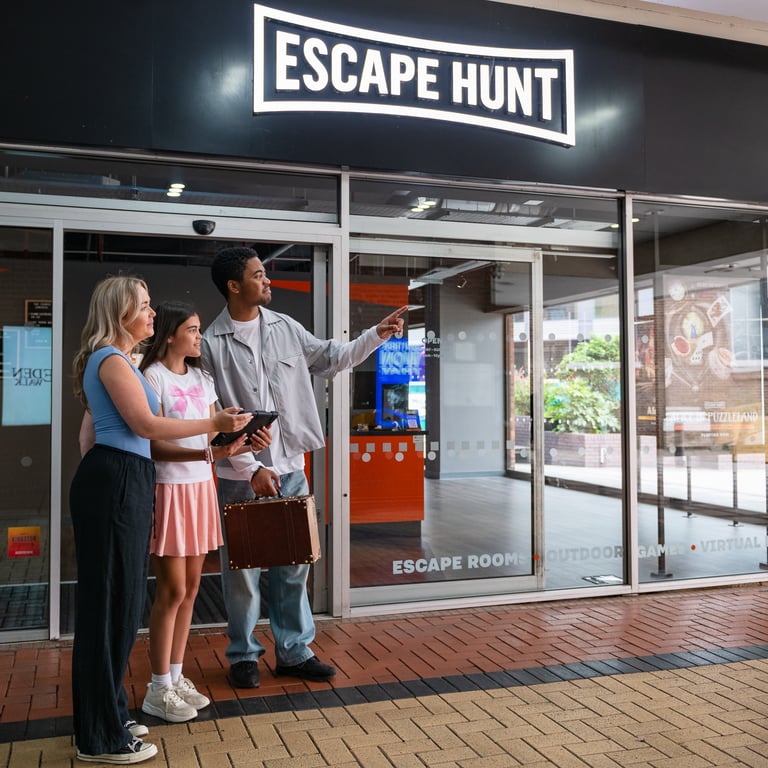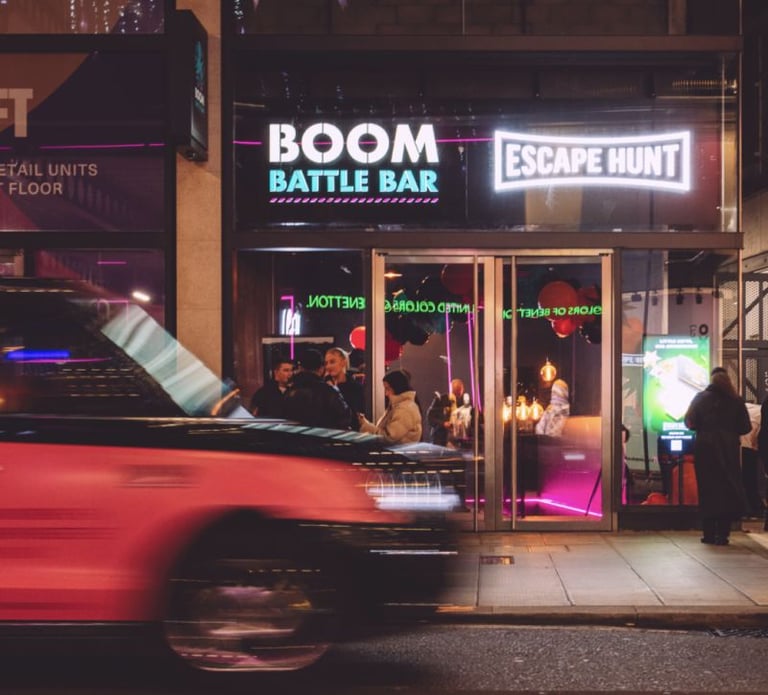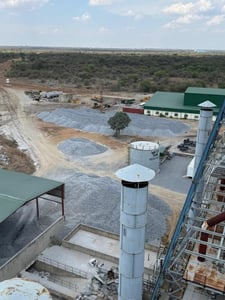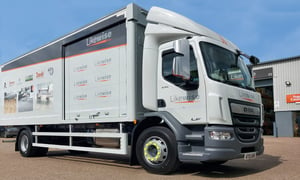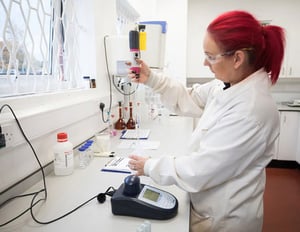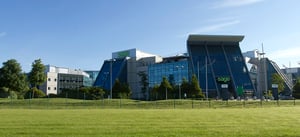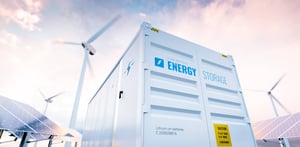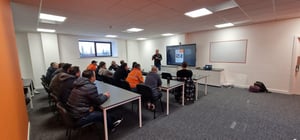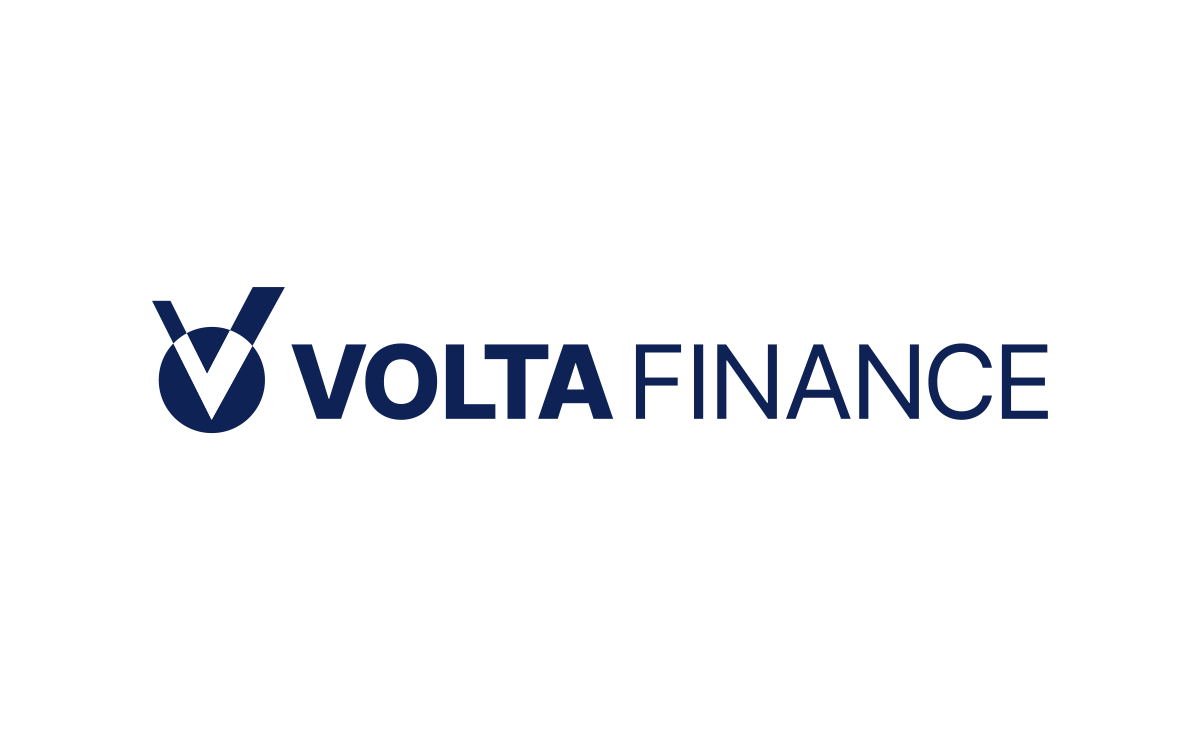XP Factory plc (LON:XPF) Chief Executive Officer Richard Harpham caught up with DirectorsTalk for an exclusive interview to discuss the main highlights from final results, drivers behind growth increase, investment, newly acquired locations for Boom and Escape Hunt, and the outlook for the remainder of the year.
Q1: Richard, could you just talk us through the main highlights from XP Factory’s results?
A1: I suppose the biggest highlight is the continued growth in the business across both brands so the 15-month period saw us report revenues just over £57 million. Appreciating the counterfactuals a little bit funny, it being a 12-month number, but nonetheless, a very significant increase in the £23 million that we did in the prior year, 12 months only. So, real momentum continuing to be garnered if you like, through both businesses.
Within that, the like-for-like stories continue to be really, really strong. We saw great double-digit like-for-likes on both brands. Escape Hunt delivered another 17% of like-for-like growth over that 15-month period in Boom 22%.
It’s worth noting that that like-for-like growth is entirely volume-driven, it is footfall, it is not price. We haven’t taken price. We’ve absorbed the various cost increases etc., be that labour, be that supply chain prices over the last couple of years, so that it’s volume-driven like-for-like growth, which I would suggest is a very, very strong position for us to have achieved.
I think excitingly, we came in a little ahead of management expectations and market expectations for EBITDA, so £6.3 million of pre IFRS 16 EBITDA was a really, really strong performance, again, up quite significantly over the 12 months prior.
So, all in all, really strong performances for both businesses. Momentum continues to be strong. Customer satisfaction continues to be high and a lovely way to close the period.
Q2: You mentioned group revenue increased to £57.3 million over the 15-month period, and that’s compared to £22.8 million in the previous 12 months. What were the main drivers behind the increase in growth? How sustainable do you see those trends going forward?
A2: Well, the drivers of growth, as I say, are twofold, really. One is this really strong underlying volume-driven, like-for-like growth that we’re seeing so existing sites continuing to trade on that upwards trajectory is, of course, real kind of quality growth, as I would refer to it. So, that’s a really strong indication of where the business is on its journey.
Obviously, we’ve gone through a very aggressive opening phase, as you well know, so particularly 2022 was a really big year for openings, more so on the Boom side than on Escape Hunt, but a really significant year of growth.
So, whilst not all of those sites were like-for-like, that is, whilst not all of those sites had the benefit of 12-month trading such that they could become counted as like-for-like
sites, they are nonetheless maturing very, very quickly. So, that maturity gain from new sites that aren’t yet like-for-like has obviously been the other major contributor to that growth.
So, in terms of the brands, whilst both brands showed significant growth, it’s that Boom new site opening that saw the sales go from circa £9.5 million in the 12-month, in the previous period, all the way up to £37.5 million in the 15 months just gone.
So, really quite aggressive in that business.
Q3: The company generated £11.1 million in cash from operations, but it invested £8.3 million in capital expenditure, resulting in a cash balance of £3.9 million at the end of the period. Can you just tell us about the strategic priorities behind this level of investment?
A3: I suppose the obvious place to start is new site capex. So, as you would imagine, we continue to open new sites and we continue therefore to be in builds and funding those sites from organic cashflow is obviously a really nice position to be in.
So, within that £8.3 million, on the Escape Hunt side, where we spent £1.6 million in total capex, around £1 million was into new site openings. On the Boom side, where we spent circa £6.5, around £3.5 million was on new sites. There is some capital contribution that sits over and above, but nonetheless, £3.5 million into new sites on the Boom side there.
The next thing that we’ve done for both businesses over the last 15 months is really thought about where we can show demonstrable latent demand. So, we do a lot of analytics within the business, we’re quite big on data capture. Now, there are lots of cases where we’re able to see that actually against a normalised demand curve, we’re capping our own facility to maximise sales in this area, that area, and the other.
So, on the Boom side, that might well be around bar capacity, for example, or it might be that when we look at the marginal return for every additional incidence of a games lane, we’re maxed out and we know that we could do more when we normalise to a shape of expected demand.
On the Escape Hunt side, much simpler business in some respects to understand that, where would we be able to sell more game rooms if we had them in play? So, we did all that analysis and then found lots of opportunities to go after this additional space creation in order to bolster capacity.
So, on the Escape Hunt side, we put somewhere around £500,000 into expansionary capex. On the Boom side, about £2.1 million. So, that is the bulk of the capital that you’re seeing within that £8.3 million pounds, the delta is really into maintenance capital.
Q4: Now, with multiple new Boom and Escape Hunt sites opened and several Boom franchises acquired, how would you assess the integration of these new locations? What’s your approach to balancing organic growth with acquisitions?
A4: I think the integration, be it an own site or a franchise site, is a franchise site that we acquire, is ostensibly the same. We rely now very heavily on a really strong cultural ethos, we rely heavily on all the brand work that we’ve done so when we come to integrate sites, be that or pre-existing under franchise, we have a very well-travelled path now.
We know what we need the teams to look like. We know what we need the feel to be. We know what we need the atmosphere to be delivered up for both businesses. So, integrating them into the business now is far, far easier than perhaps it was just because we’ve done it a lot of times.
I suppose to your second question around the way we view franchisee acquisition, where we have opportunities to bring back certain franchisees, we do like to do that.
We’ve seen that typically we will perform better as an owned and operated business than perhaps some of these franchisees. That’s really a scale benefit, I guess, because we’re able to leverage our teams across far greater number of sites, which does allow us to do a little bit more in each of these units. The data would show you this quite significant inflection point when we bring these sites back.
We feel that it’s setting a good foundation for what we might like to do, where we can show very good, normalised returns, show a good history of integration as we bring these franchisees back. It sets a foundation for us to have the option either to do more franchises further down the line, or obviously to continue to grow over and over. It feels to us that it’s setting the right tone.
Q5: Just to finish, Richard, what is XP Factory’s outlook for the remainder of 2024?
A5: Well, we’re very excited about where we are in the year and hopefully where we will close. From here on in, we’re soon into our, as we would call it, crazy period.
So, calendar Q4, as you know, for hospitality and leisure businesses is a really exciting place to be. We’re very excited about the level of pre-booked corporate business, particularly already for that period so all hands to the deck. Hopefully, we can trade that through as smoothly and as profitably as we certainly expect to.
You’ll continue to see us announcing the openings of new sites, you’ll continue to see us doing that into the new year, not least because we announced this morning the full credit approval for a £10 million RCF facility with Barclays. That will allow us to smooth some of the timing differences that you have when you’re growing a new site to state out of organic cashflow. The timings of the cash generation don’t always align with the requirement for build.
So, this RCF in place is really exciting for us and that allows us to continue to grow and perhaps at a slightly enhanced pace.


